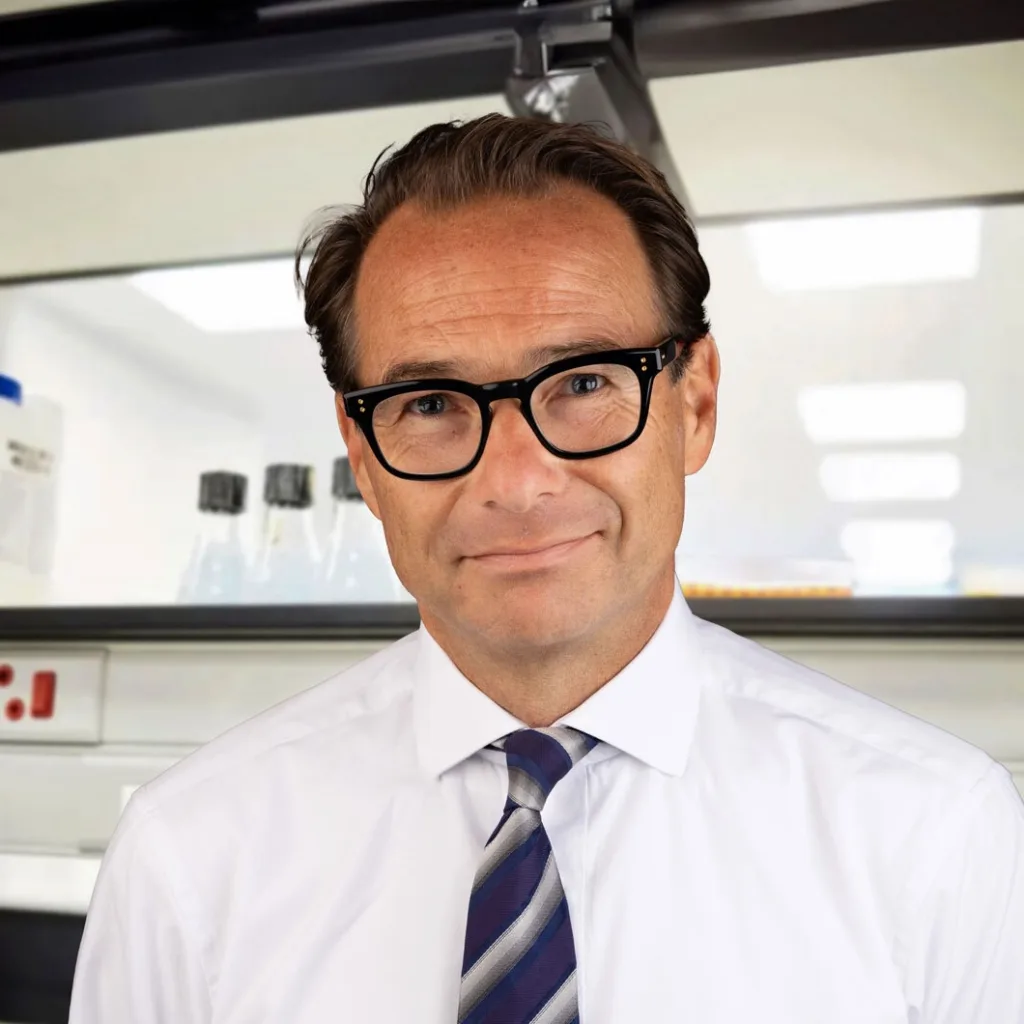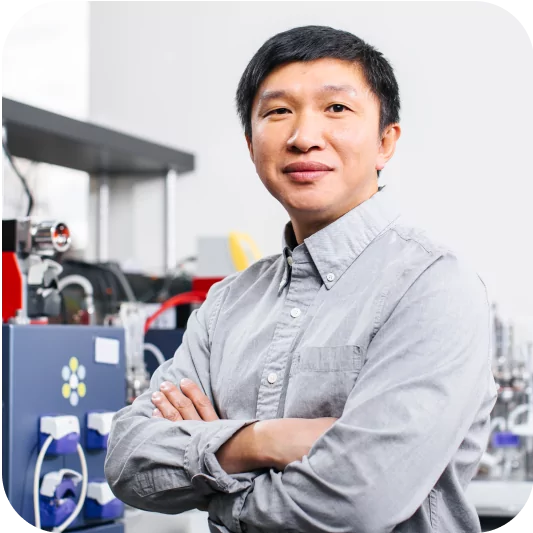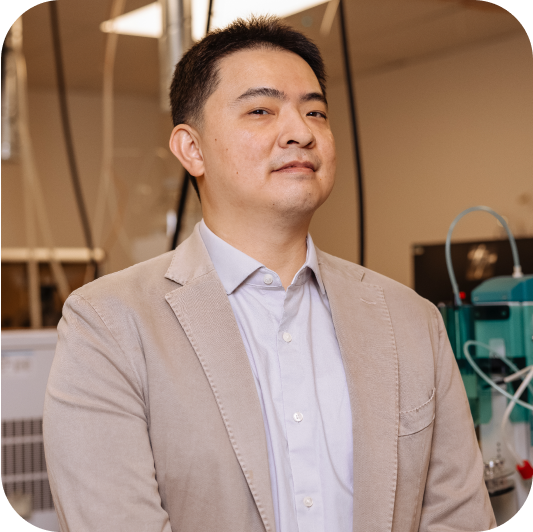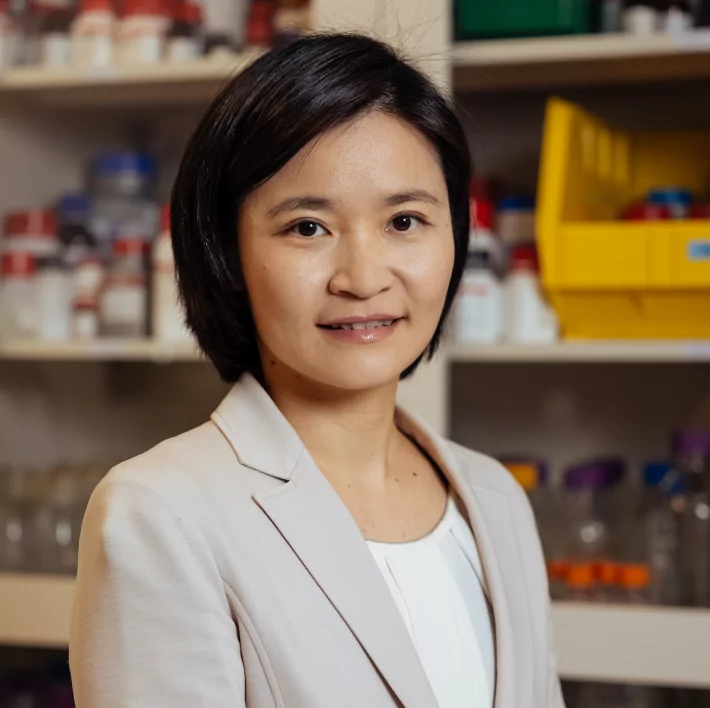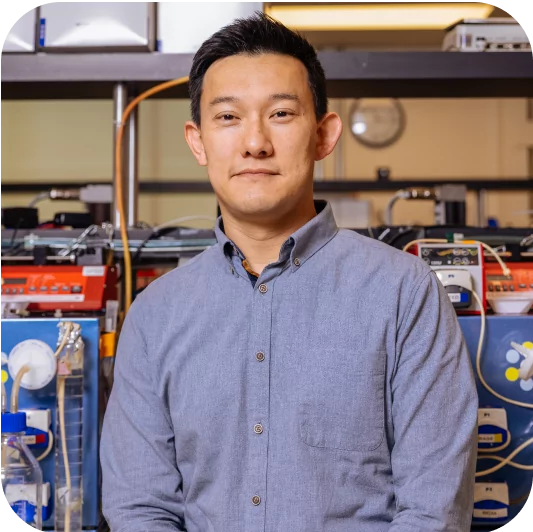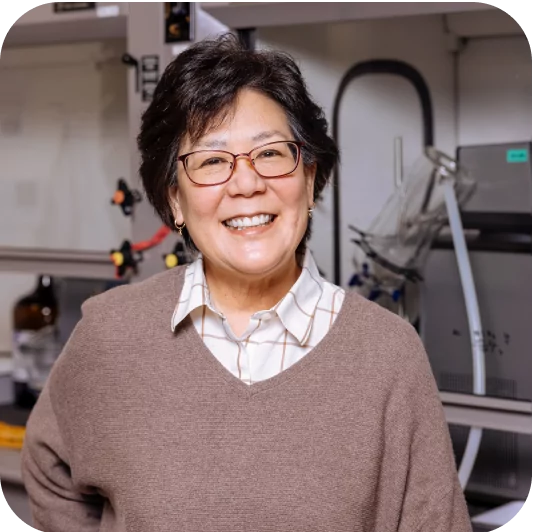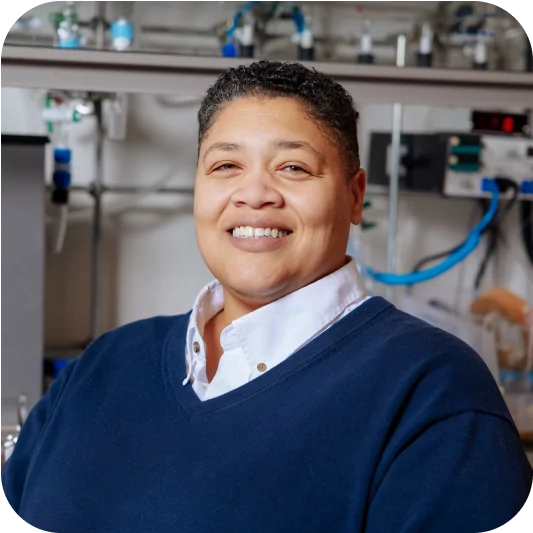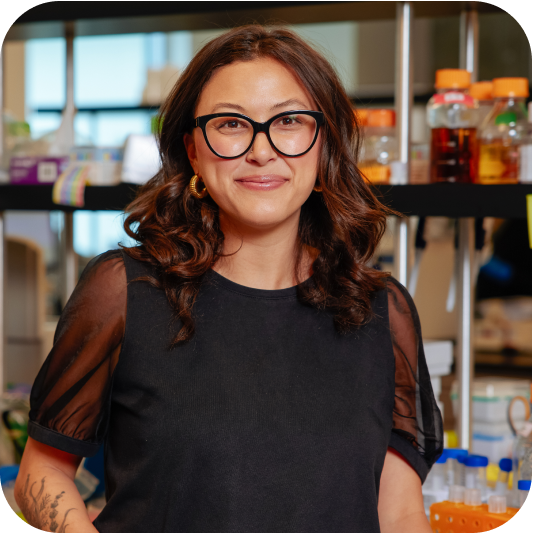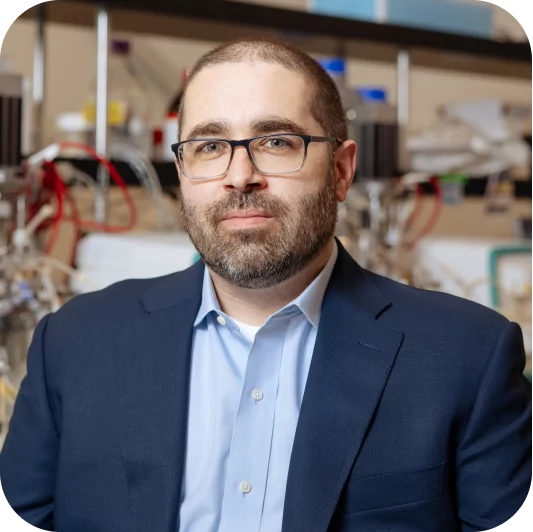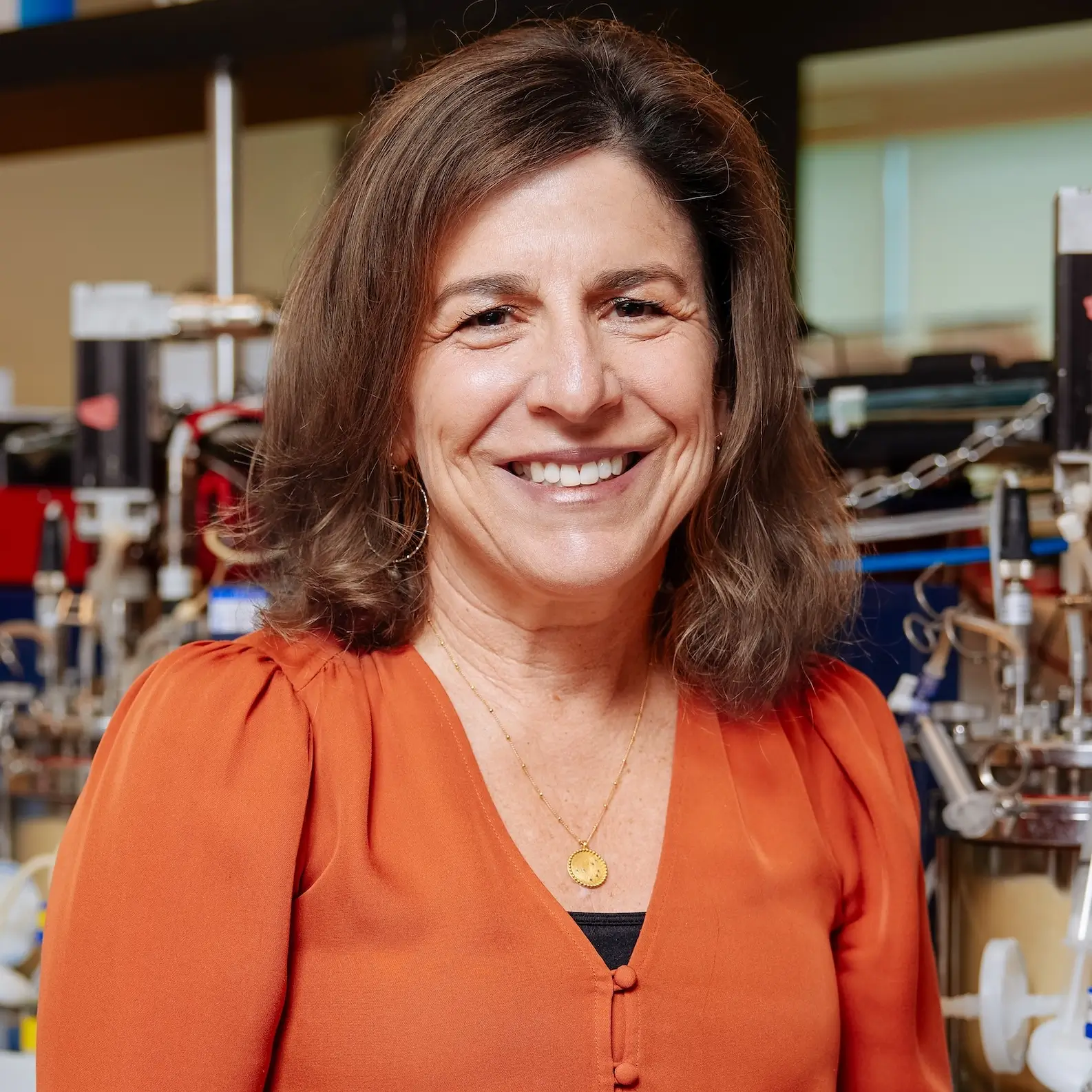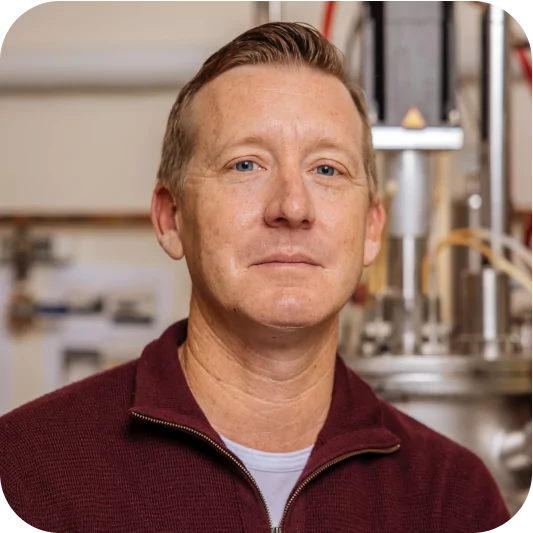Brewing Medicines with Synthetic Biology: Antheia’s Christina Smolke on Ending Drug Shortages
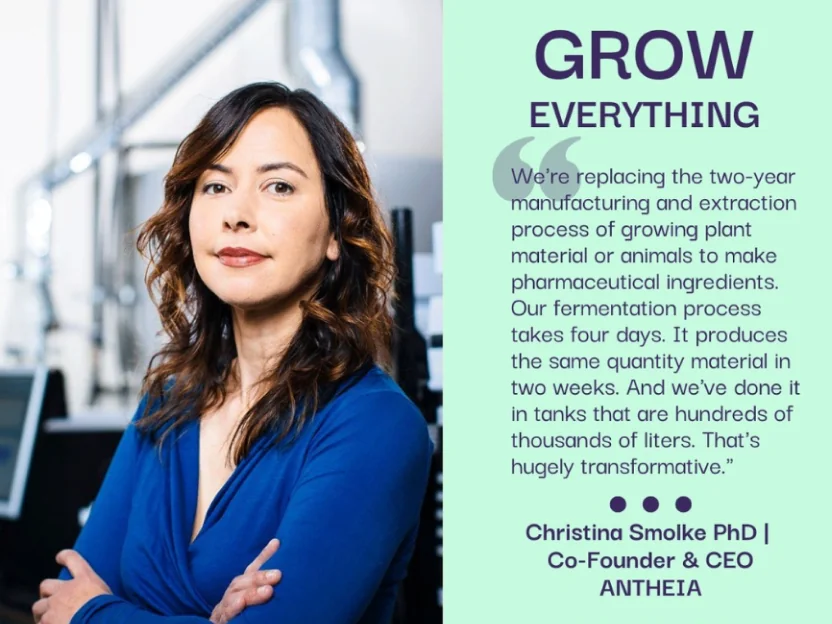
In this episode of the Grow Everything Biotech Podcast, Karl and Erum welcome Christina Smolke, CEO of Antheia and Professor at Stanford University, to discuss the rapid changes happening in biotech, particularly focusing on the biohacking community and decentralized science (DCI).
Pharma isn’t ready for OTC Narcan demand

Today’s blog will focus on Narcan, a critical opioid overdose rescue drug that is produced from thebaine, Antheia’s first commercial-scale, biomanufactured pharmaceutical ingredient. Read on for more on recent efforts to make Narcan available over the counter, as well as the challenges and opportunities this policy change presents for the pharma industry.
Antheia Announces New Funding to Support Domestic Production of Critical Pharmaceutical Ingredients

Company awarded government project agreement to onshore key pharmaceutical supply chains, alongside strategic investment from In-Q-Tel and Echo
Addressing a Root Cause of Global Drug Shortages
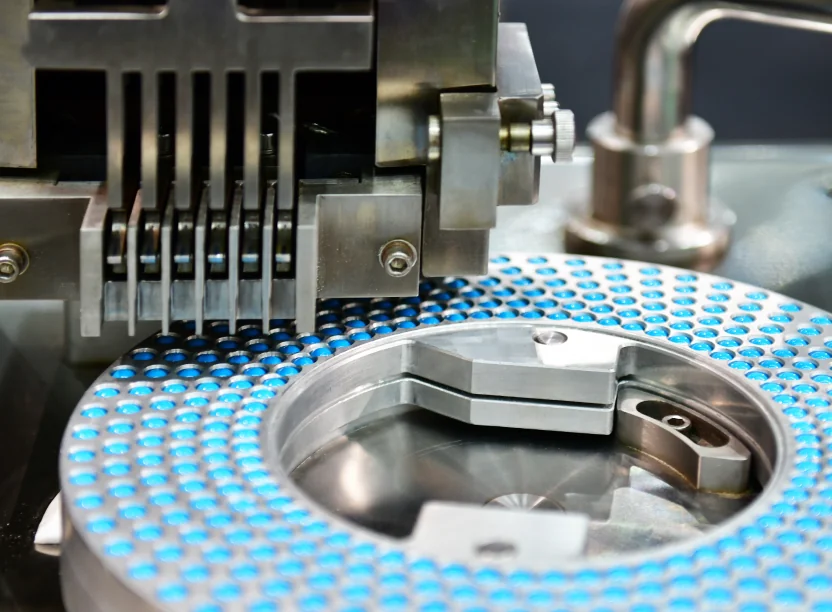
The years-long journey medicines take from the farm to the pharmacy is a delicate one, vulnerable to extreme weather, mechanical failures, logistical and shipping delays, and geopolitical issues.
Antheia at SynBioBeta 2024: Scaling Highly Engineered Strains

Antheia was a proud sponsor of this year’s SynBioBeta, the Global Synthetic Biology Conference hosted annually in the San Francisco Bay Area.
Introducing Pavel Aronov, Senior Director, Bioanalytics

Pavel and his team have developed the processes to accurately measure the quantity of our biosynthetic KSMs and APIs produced via biomanufacturing, which is no small feat when working with biological products
U.S. Secretary of State Antony J. Blinken Visits Antheia to Discuss Biotechnology Innovation

In early May, U.S. Secretary of State Antony J. Blinken visited Antheia, HQ in Menlo Park, California for a tour of our labs and a panel discussion with innovators in the biotechnology industry
Secretary of State Antony J. Blinken Tours Antheia, Discusses the Importance of Biotechnology Innovation in the United States

Visit demonstrates U.S. commitment to bolstering the domestic biotechnology industry and onshoring critical supply chains, including pharmaceuticals Menlo Park, Calif., May 6, 2024 – Antheia, the pharmaceutical ingredient manufacturer transforming essential medicine supply chains, today hosted Secretary of State Antony J. Blinken for a tour of its state of the art labs, as well as […]
Antheia CEO Keynotes at OECD Global Forum on Technology: Building our Bio Future
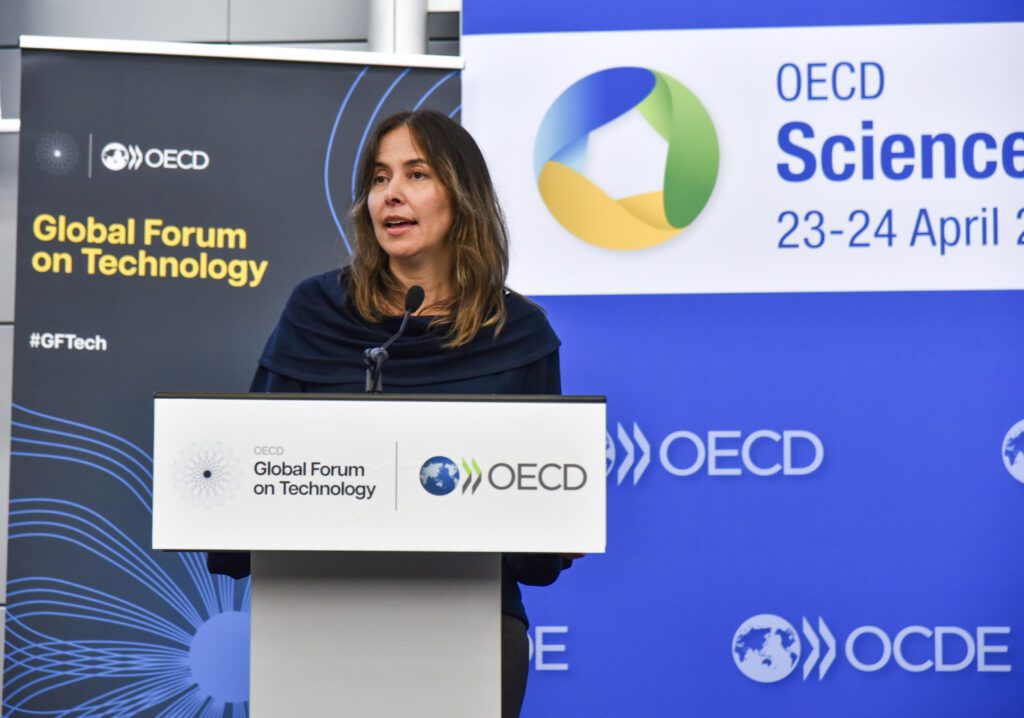
Last week, Antheia CEO and co-founder, Dr. Christina Smolke joined OECD’s Global Forum on Technology: Building our Bio Future as a keynote speaker. OECD (Organization for Economic Co-operation and Development) is an international organization bringing together government, academia, and industry to build global policies that foster prosperity and well-being for all. In her keynote address, […]
Future of Pharma Insights: Q&A with Olon Group

We sat down with Andrea Conforto, VP of CDMO at Olon Biotech.
